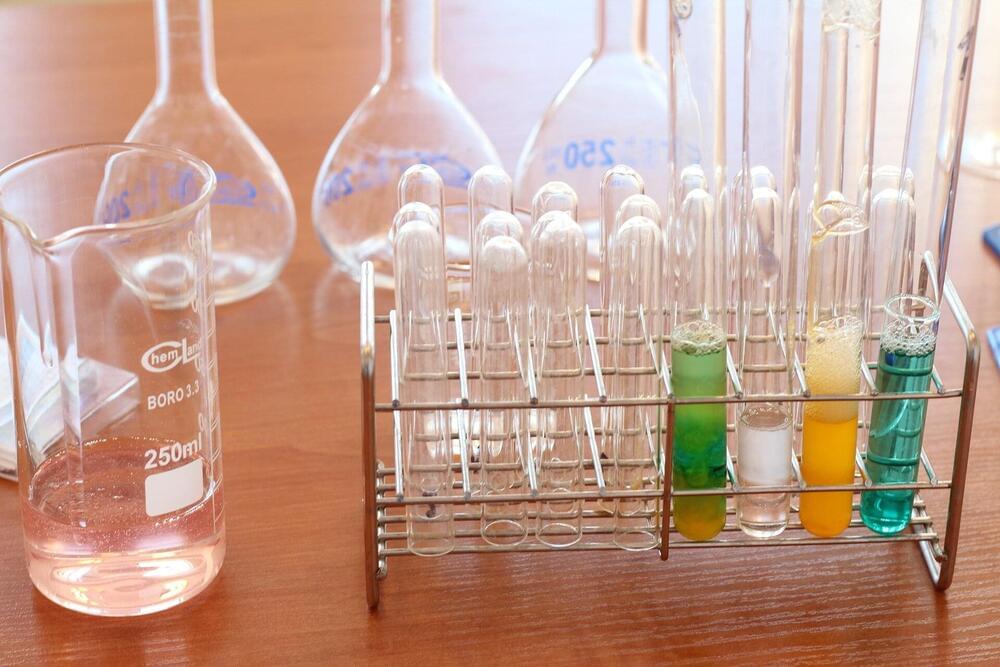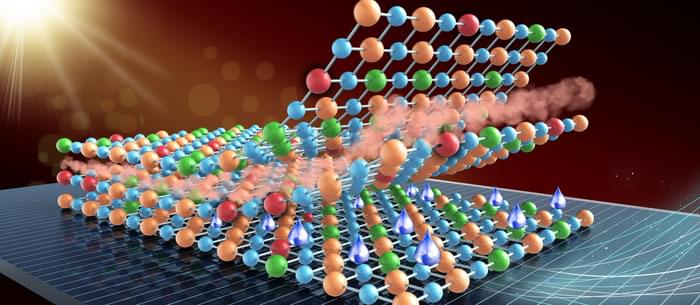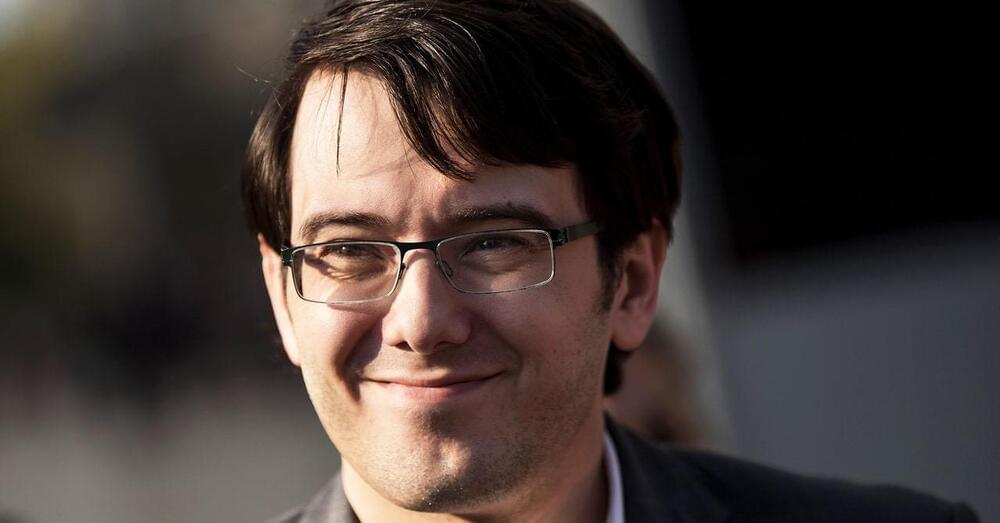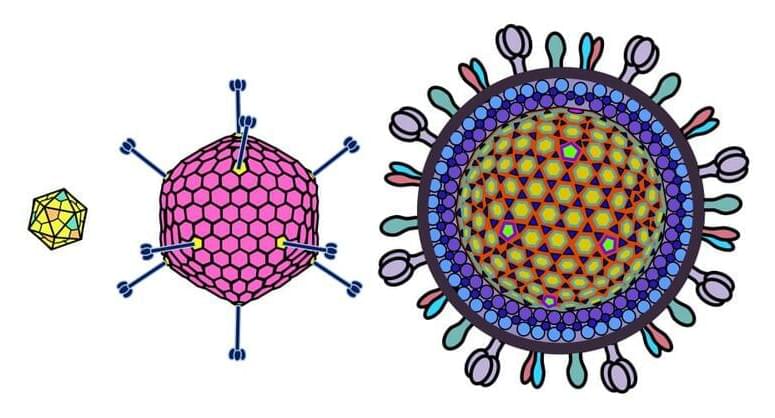Nowadays, the development of renewable energy sources, such as wind, solar, and nuclear energy sources, has become imperative, due to the limited resource constraints of the traditional fossil fuels [1 ]. However, these renewable sources could not deliver a regular power supply as the sources are variable in time and diffuse in space. Thus, the focus has been shifted to the electrical energy storage to smooth the intermittency of the energy sources. Rechargeable battery has the ability to store chemical energy and convert it into electrical energy with high efficiency [ 2]. Lithium-ion battery (LIB), as one typical rechargeable electrochemical battery, has dominated the markets of portable electronic devices, electric vehicles, and hybrid electric vehicles in the past decades, due to its high output voltages, high energy densities, and long cycle life; even though the high cost and the shortage of lithium resources are inhibiting the application of LIB in large-scale energy storage [[3], [4], [5], [6], [7], [8], [9]].
Sodium-ion battery (SIB) is one promising alternative to LIB, with comparable performance to that of LIB, abundant sodium resources and low price of starting materials [[10], [11], [12], [13]]. As Na atom is heavier and larger than those of Li atom, the gravimetric and volumetric energy density of Na-ion battery are expected to not exceed those of the Li analogues [14]. However, energy density would not be considered as the critical issue in the field of large-scale grid support, for which the operating cost and the battery durability are the most important aspects [15,16].









